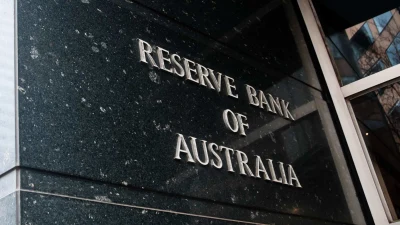Has successful litigation been enough to cover ASIC levy difference?



Hard lobbying by industry associations helped convince the Government to reduce the Australian Securities and Investments Commission (ASIC) levy, but the question lingers over how the industry will be funded to cover the lost revenue.
Money Management asked the Government to clarify whether successful litigation had been enough to cover cost recovery.
This included an expected $18.5 million to be recouped from NAB, $10.5 million from Westpac and $7.2 million from Dixon Advisory.
Phil Anderson, Association of Financial Advisers (AFA), said those penalties could be enough to fund the difference.
“I don’t think anyone else is expected to cover this, I think this is going to come out of consolidated revenue and I don’t have a problem with that,” Anderson said.
“All those penalties which had been obtained as a result of litigation that financial advisers have funded has gone straight to consolidated revenue.
“The Government doesn’t miss out here; they are funding this but are doing very well out of those penalties that have been awarded.”
The Government announced a reduction in the ASIC levy which would return to the FY19 level of $1,142 per adviser for the next two years (FY21 and FY22), instead of the originally planned increase of $3,138 per adviser.
It also would review the Industry Funding Model (IFM), both moves welcomed by several industry bodies, which Treasurer Josh Frydenberg said was to make sure it was “fit for purpose given structural changes taking place in the advice industry”.
These structural changes included the compensation scheme of last resort (CSLR) and the single disciplinary body (SDB), the latter of which caused ASIC to shelve its better advice project as it was uncertain how either would be funded.
Anderson said the lobbying of the Government had been happening for a long time which involved using every available method to pursue it.
“It was a subject of long debate at the Parliamentary Joint Committee hearing on Friday and Deborah O’Neill nailed it when she said ‘there’s been strong outcries from small business for a long time yet nothing has happened’,” Anderson said.
“That is reflective of the fact there has been a lot of work done and the Government has been thinking about it.
“They’ve received a lot pressure from stakeholders but it’s also the fact that politicians have been pushing the issue as well.
“We saw in the House of Representatives hearing [Standing Committee on Economics chair] Tim Wilson talking about how unreasonable it was for the ASIC levy to go up so much, so there’s a lot of work that’s been done by a lot of people.
“From an advice association perspective, we work directly with the Minister’s [Hume’s] office and the Treasurer has been critical in this outcome as well, but we’re also working with a range of politicians to make sure they understand the importance of this issue.”
However, Anderson said this is just one of many cost issues advisers faced and there were still other cost issues in the industry.
“It’s the additional compliance steps they need to follow, the client consent process, annual renewal – all of which adds to the cost of providing advice,” Anderson said.
“A lot of advisers would say to us the ASIC levy is just one of many things and it’s not the biggest driver of cost increase.
“Licensee fees have gone up substantially, professional indemnity insurance has gone up substantially.”
Recommended for you
The Reserve Bank of Australia (RBA) has lowered rates to a level not seen since mid-2023.
Financial Services Minister Stephen Jones has shared further details on the second tranche of the Delivering Better Financial Outcomes reforms including modernising best interests duty and reforming Statements of Advice.
The Federal Court has found a company director guilty of operating unregistered managed investment schemes and carrying on a financial services business without holding an AFSL.
The Governance Institute has said ASIC’s governance arrangements are no longer “fit for purpose” in a time when financial markets are quickly innovating and cyber crime becomes a threat.












